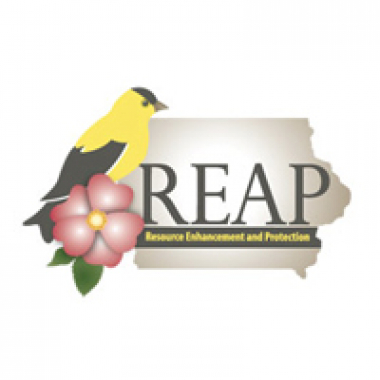Goldenrod Galls
These images show white growths (called galls) on the stems of plants and the internal structure of a gall. The relationship of egg-laying causing a plant response that in essence allows the plant to continue living and creates a habitat for sustaining the fly life cycle. The fly life cycle is dependent on the plant as the adaptation allows overwintering in the plant stem. This is a unique symbiotic relationship that is easily seen in prairies, remnant prairies or road ditches in the fall through winter and even into the spring.
Iowa Core Standard
Develop models to describe that organisms have unique and diverse life cycles but all have in common: birth, growth, reproduction, and death.
Driving Question
- Why do some of these plant stems look different?
Probing Questions
- What makes a bulge in a plant?
- How does the fly grow while inside the plant?
- How does the plant continue to grow while the fly grows inside?
Classroom Suggestions
Students could:
- Discuss symbiotic relationships and insect life cycles
- Investigate a wasp or fly life cycle to expand on existing knowledge about butterfly lifecycles.
- Share if they have a parent or grandparent that goes ice fishing, and if so, they know that the "grub" or larva is often used for bait.
- Symbiosis is incredibly fascinating for young children to explore.
Resources
- Cornell Institute for Biology Teachers | Goldenrod Galls: More information on goldenrod galls.
- iNaturalist | Goldenrod Galls: Another article on goldenrod galls for teachers.
- ThoughtCo | Mutualism: Symbiotic Relationships: Article about symbiotic relationships.
Contributors
Submitted by Stacey Snyder.
Funding for Iowa Science Phenomena Provided By









